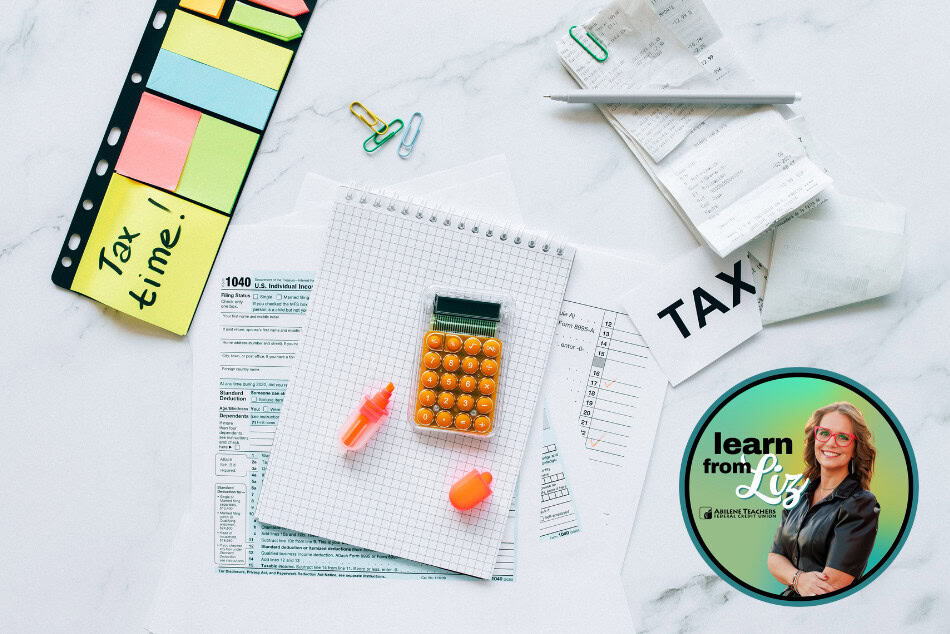Do It Today: Steps 1-4 of 12 toward Living a Debt-Free Life

I’m sure you have heard of the 12 step programs for addiction and how they walk you through each step so you can overcome your dependence. Just like drug or alcohol addicts go through a 12 step program to change their habits and get physically healthy, there is a 12 step program that can help you become financially healthy. Today, let’s look at the first 4 steps. It is best you start with #1 and work your way down the list as opposed to starting all 12 at the same time. While some steps can be worked simultaneously with others, some steps will need to be focused on individually. Let’s get started!
Step 1: Take Stock of Your Debt
First, sit down and take stock of all your debts. Don’t let the numbers scare you; you need to do this to move forward. Get out every single credit card bill, personal loan, student loan, and any other debt you’re carrying (except your car and mortgage payments). Write down the number and add them up to give yourself an accurate picture of what you’re dealing with.
Next, organize your debt into different categories, such as credit card debt, student debt, personal loans etc. Use a spreadsheet to list your debts, the remaining term of each loan (if applicable), the minimum payment and the interest rate.
Finally, designate one hour each week for working on your finances.
Step 2: Don’t Dig Yourself Deeper
When you’ve dug yourself deep into a hole, the only way to get out is to stop digging. Focus on not racking up more debt. Stop using your credit cards. Skip any weekly trips that might cause you to buy too many non-essentials.
Instead, start brown-bagging your work lunch and brewing your own coffee. Get into the habit of spending only on essentials so you can make real progress toward paying down that debt.
Don’t forget to make the minimum payments on every line of credit and loan you have open. Neglecting your debt will only pull you deeper into the pit.
Step 3: Negotiate a Lower APR
If the majority of your outstanding debt is credit card debt, you may be spending hundreds of dollars just on interest alone. Aside from wasting money, this keeps you from moving forward and paying down the actual principle.
Most people don’t know you can call up a credit card company and negotiate for a lower APR (Annual Percentage Rate). Take the time to do this. Explain that you are working on paying down your debt and that the interest payments are impeding your progress. You can even research competing cards and cite their interest rates in a bid for a lower APR from your current credit card company. You might consider a balance transfer to one of our credit cards. Call, click, or stop by a lobby location today to see if an ATFCU credit card is a good option for you.
Lowering your interest rates will allow you to make another real step toward getting rid of debt.
Step 4: Create an Emergency Fund
You may be feeling impatient to be super aggressive about paying down debt, but it’s also important to create an emergency fund. If you don’t have money socked away for unexpected expenses, you’ll be tempted to use the money that’s already earmarked for your debt payments to fund the emergency expense.
Experts recommend keeping three months’ worth of living expenses in an emergency fund, but you can start with a more modest $1,000. Set up an automatic monthly or weekly transfer from your Abilene Teachers FCU Checking Account to your Savings Account until you have a fully padded emergency fund. This may take several months, but no worries, you can continue following the next few steps toward a debt-free life as your emergency fund grows.


